
Roses are red, violets are blue. Blue means I'm sad. And red means I love you! Right? Wrong! One of the bonuses of living in a world of color is that all our emotions are evoked by these bright hues we see all across our day to day lives. There is a deeper psychology to the meaning and power of different colors, whether you're looking to decorate your home or office, create astounding works of art, or simply buy someone flowers!
However, these meanings don't stay the same everywhere. Much like with all things in this world, colors gain more diverse and specific meanings as you travel across the globe. A color that means sadness on one side of the planet may mean pure joy on the other! A purple scarf would be the perfect gift in America but in Brazil, it could be deeply offensive! Let's take a quick ride around the globe and see what pictures different cultures paint with all the different colors!
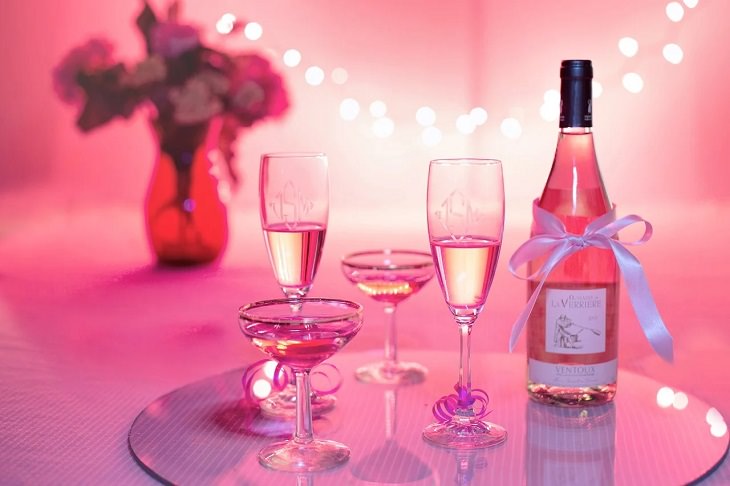
Pink is a color normally associated with femininity, love, tenderness, and the arrival of a baby girl. In Japan, the color is more frequently associated with men. It is considered as a “foreign color” in China as it was introduced to the country by other cultures, and in Korea, it symbolizes trust.

When you see the color yellow, your mind goes to sunshine, harvests, warmth, and happy feelings. The people of Egypt similarly associate it with good fortune and joy. In Africa, yellow symbolizes gold and is worn by people of high rank. In Germany, it represents envy. Adult movies in China are termed as “yellow movies”, so don’t be fooled by that term!

With Spring comes beautiful lush greenness, the symbol of nature and environmental activism. In western countries, it also represents envy, one of the seven deadly sins, and the dreaded green-eyed monster. On the flip side, the Irish associate it with good luck, Saint Patrick, and leprechauns, and it is one of their national colors.
Many Asian countries associate it with new life, health, and prosperity. Not China though. A man wearing a green cap in China suggests to others that his wife may have been unfaithful!
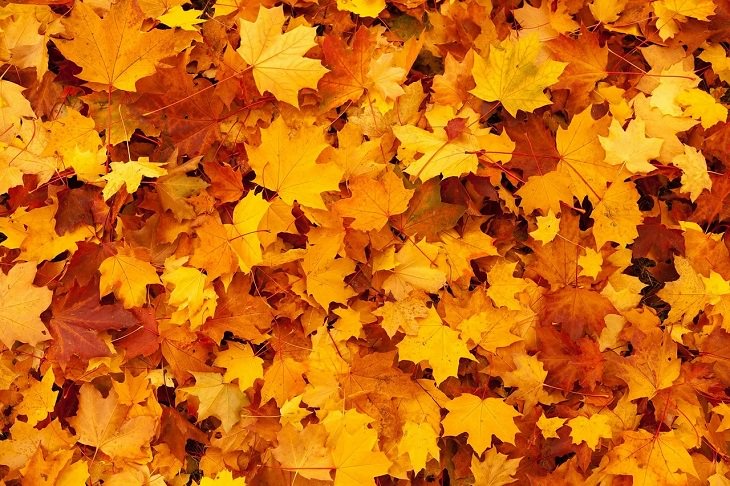
Autumn is here so this color is fresh on our minds, alongside Halloween and pumpkin pie. We also associate orange with curiosity and creativity while Japan and China see it as a sign of humility, happiness, and good health, which is likely why monks wear orange-colored robes.
The royal family of Netherlands as well as the Indian flag bear the color proudly making it a status symbol and national symbol respectively. Colombians typically associate it with fertility and sexuality.
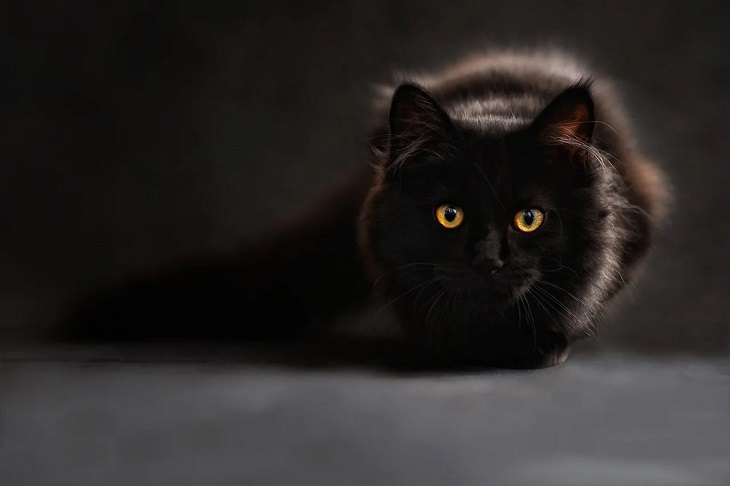
In Western cultures, black has dual implications: on one side, it is associated with formality and sophistication, but on the other side, it's also related to mystery, mourning, and evil. Africans hold black as a symbol of masculinity, maturity, and age. Middle Eastern countries also have varied interpretations of the color, representing mourning on one hand and rebirth on the other.
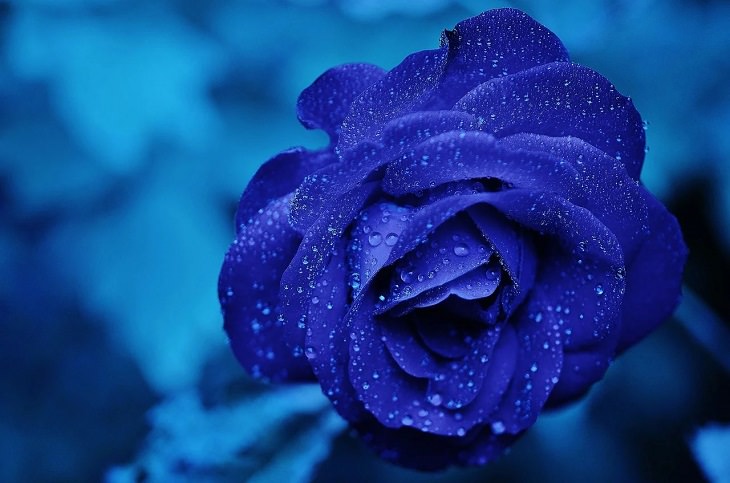
Blue is a color with many meanings in America and other western countries. To have “the blues” is to feel melancholy, but it also represents royalty, as in the term “blue blood”. Across North America, it is meant to represent authority, trust, and security.
That representation is shared by Middle Eastern countries, who also relate it to immortality and heaven. While we may associate it with baby boys, China views the color as more feminine. Latin Americans see it as a sign of good health and hope.

The first thing anyone thinks of when they think “white” is “wedding”, a bride in her beautiful gown, a symbol of purity and elegance. It is also related to calmness and cleanliness. Peru also sees the color very viscerally, associating it with angels, time, and good health. Most Asian countries, however, like China, Korea, and India, relate the color to bad luck, death, and mourning, often being donned at funerals and last rites.

Red is another color with varied meanings in a single culture. In Western countries, it has been associated with everything from love and hearts, to blood and danger. It can be summed up as a sign of energy, excitement, and passion. On the South African flag, it represents the sacrifices made in violent efforts to gain independence.
Iranians see it as a symbol of courage and good fortune, and red items in Egypt are considered lucky items! Indians revere the color as one of immense power, representing fire, wealth, beauty, seduction, fear, and even love.
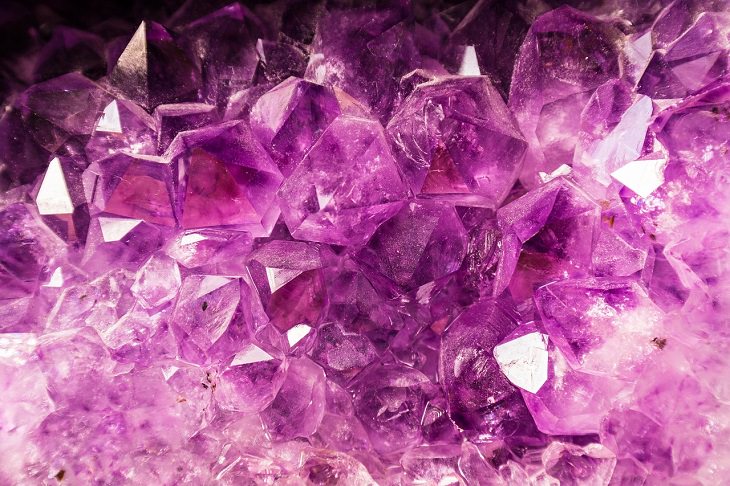
There are few awards for valor in military service held in higher regard than the Purple Heart. In general, Americans view purple as a color of honor and courage, especially in the Armed Forces. In England and France, it is symbolic of royalty, usually seen on regal robes worn by the members of the Royal Family. It is also associated with wealth and richness as the dye was once very rare and expensive, and could only be afforded by the rich and powerful.
Be careful wearing anything purple in Thailand or Brazil, though, because it is a representation of mourning. In fact, in the South American nation, purple is considered appropriate to wear solely at funerals.
Share these colorful symbols from different cultures with your friends and family!